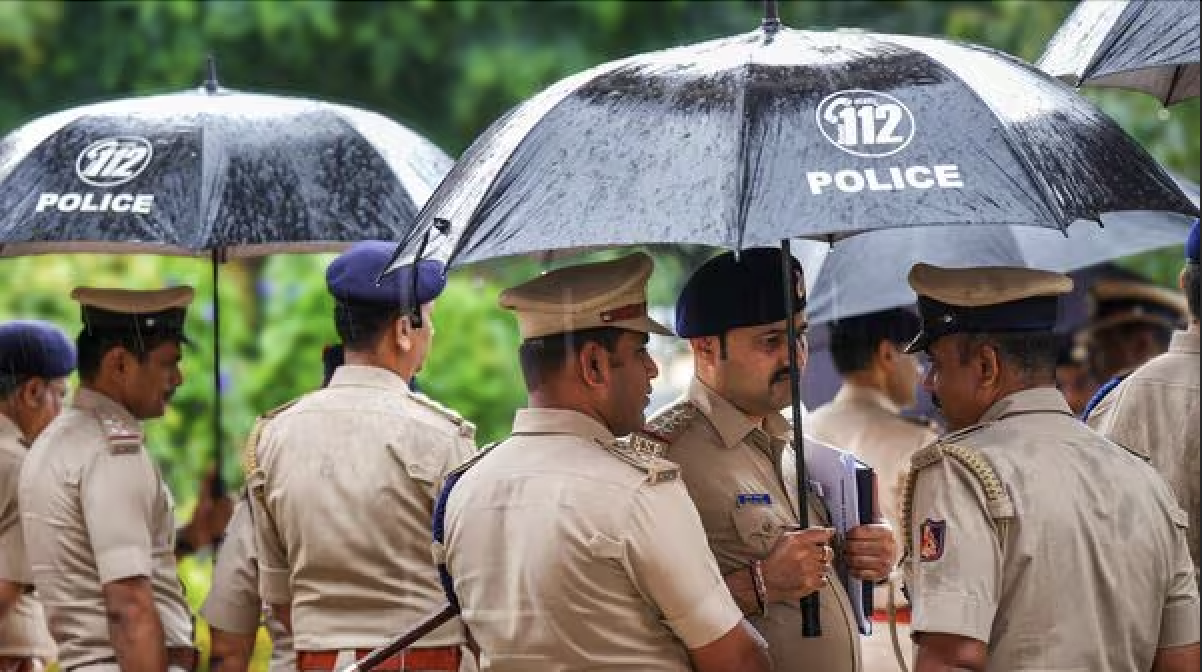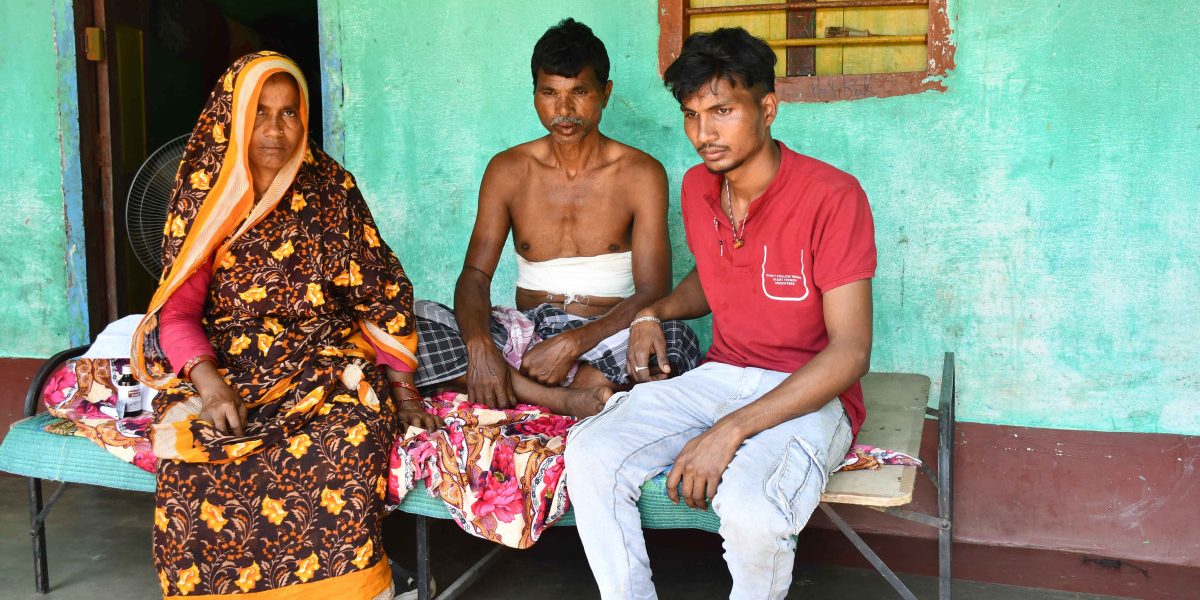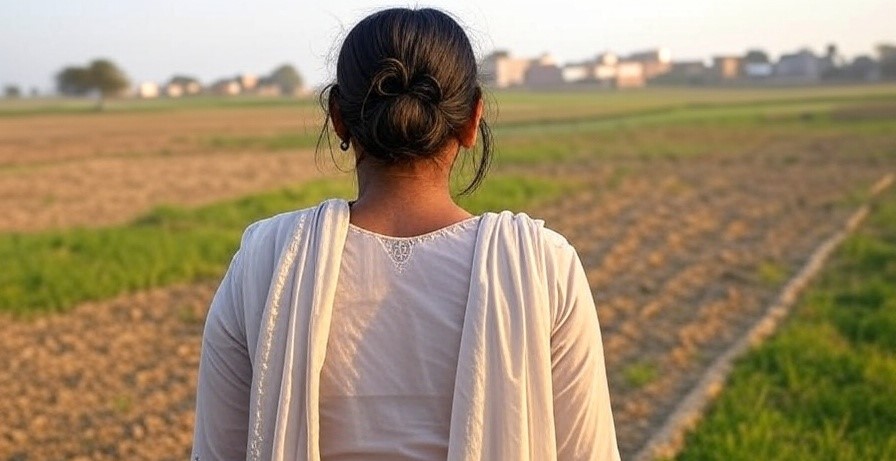![India's citizenship question and the never-ending Assam imbroglio Activists of the Socialist Unity Centre of India protest against the final draft of the National Register of Citizens of Assam, in Ahmedabad, India on September 5, 2019 [Reuters/Amit Dave]](https://www.aljazeera.com/mritems/imagecache/mbdxxlarge/mritems/Images/2019/9/14/e620a2f86a7f42e092f84d17cb8efe28_18.jpg)
The controversy, trauma and trouble over the National Register of Citizens (NRC) in India’s northeast state of Assam does not seem to go away. The goal of the massive exercise which involved some 50,000 persons, lasting some seven years and costing close to 1.5 billion rupees (about $220 million) was to scour the land for non-Indians, for the most part Bangladeshis who had come over quietly, informally and settled ubiquitously.
Nothing of the sort has happened. Dogged with controversy from the start, the register has been described by politicians, human rights and civil society critics as an exercise targeting Muslims of Bengali origin to disenfranchise and strip them of their rights. There have been sustained public campaigns on this issue by well-meaning individuals and groups who do not understand Assam.
The entire thrust of a 40-year on-again, off-again movement against “illegal migrants” from Bangladesh in Assam state was based on a struggle to assert citizenship rights for “genuine” Indians and seek the detection, deletion (from electoral lists) and deportation of non-citizens to their parent nation, for the most part, Bangladesh.
The problem is that Bangladesh has never acknowledged outmigration to India especially in the northeast where Assam is situated. Independent experts and migration researchers assert that there has been influx over the decades, though the numbers are significantly lower than the four to six million figure the anti-immigrant lobby has brandished. All this in a small landlocked province of about 37 million people of bewildering ethnic diversity in the northeast of India.
The region’s unique location makes the situation challenging by itself: It is surrounded by Bangladesh to the south and west, Myanmar to its east, China and Bhutan to the north, with only a sliver of land connecting it to the rest of India.
The concerns are old – going back to British colonial rule, when migration to the then frontier province was encouraged as part of official policy, triggering local fears for their religious, cultural and political identities.
Assam’s demography includes Assamese-speaking Hindus and Muslims and a range of colourful indigenous groups which have viewed both the Muslim and Hindu immigrants with suspicion.
The figure of 1.9 million people who are off the list does not satisfy any of the groups which called for such a register to established. Some of them have threatened to go back to the Supreme Court which oversaw the whole exercise.
For the most ardent proponents of the NRC update – the Bharatiya Janata Party and the Asom Gana Parishad and the All Assam Students Union (the last two have led anti-migrant campaigns over the past decades), the final announcement has been particularly embarrassing, not just as a result of the smaller number of people off the list, but because a majority of them are Bengali Hindus who came from Bangladesh.
Some 700,000 are said to be Muslims and the rest are ethnic groups. The angst is that not enough Muslims figure and that the border areas do not show the surge in population they had expected.
At the same time, there have already been reported cases of mistakes in the register, with many who fulfil the citizenship criteria being on the list because of misspelling of names or for other unknown reasons.
Those who are off the list are not foreigners till proven otherwise. The Ministry of External Affairs, in a virtual turnaround for the government but acting under good advice, declared that those off the list would be given official legal assistance to challenge their status.
By doing so, New Delhi has heeded Article 21 of the constitution which guides justice and affirms that no one living in the territory of India can be deprived of life or liberty without due process. The reference is not to any citizen but any person. Citizenship is not the ultimate test; it is humanness.
As a result of the NRC announcement, a three-step process now kicks in, which is far more easily said than done. People who have been excluded have to file an appeal with the foreigners’ tribunal (of which there are now 300) which determines based on documentation whether an individual is an Indian or not. If that is unsuccessful, the next step is to go to the state high court. If that does not yield a positive result, people will have to turn to the Supreme Court.
This is a thankless and frightening prospect of prolonged litigation for even the well-to-do, which a large number of those off the NRC are not. How will they sustain their lives and families, not just the litigation?
The tribunals are known to make decisions ex parte when an accused has not turned up (he/she may not have received the notice, may be battling floods for survival, fallen sick or forgotten). There have been accusations that some tribunals decide cases hastily and appear to be prejudiced.
Legal competencies need to be developed, not just for the litigants but for those sitting in judgement on them. Many of them are lawyers with barely a decade of experience behind them; others are retired officials.
According to a state official I recently spoke to, the much-feared rush to building and shoving people in detention camps will not to be happening.
What is to be respected is that, despite high decibel levels of different activist and media groups, people have held the peace and disturbances have not taken place.
The three Ds of the Assam movement against “illegal immigration” remain as distant as ever: detection, deletion and deportation. The last is a non-starter, the first two, thanks to the NRC imbroglio, are wrapped up in complex delays. Frustration on one side and stress on the excluded is growing. Neither the state, nor the central government appear to have thought through this entire process.
The fissures are here to stay and could become worse if the Citizenship Amendment Bill, which would give citizenship rights to migrants from certain religious communities (including Hindus and Sikhs but excluding Muslims) and which has been on the backburner for some months, is pushed through. This would heighten the fears of small states about legalising large populations of settlers, changing demographics and deepening fault lines between “locals” and “outsiders”.
The views expressed in this article are the author’s own and do not necessarily reflect Al Jazeera’s editorial stance.
This story first appeared in Aljazeera.com on September 15, 2019 here.






